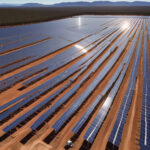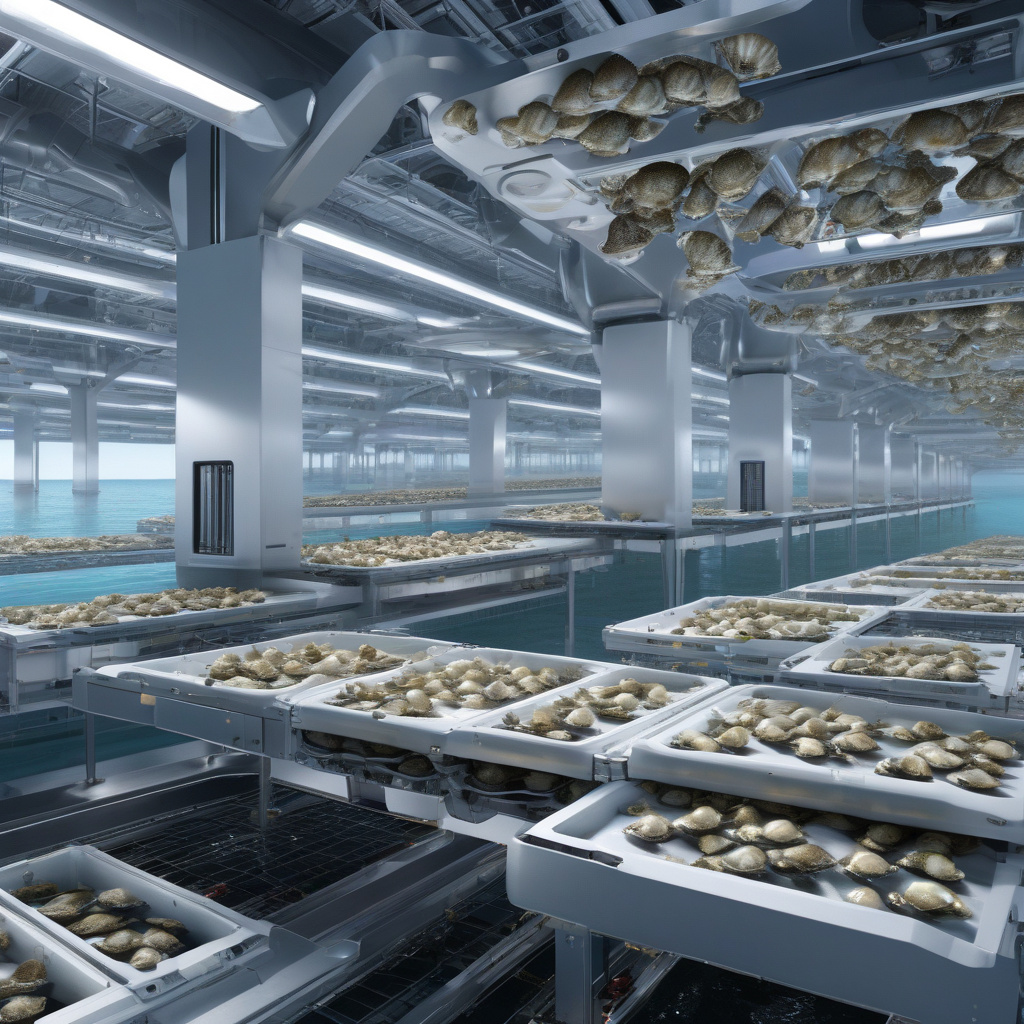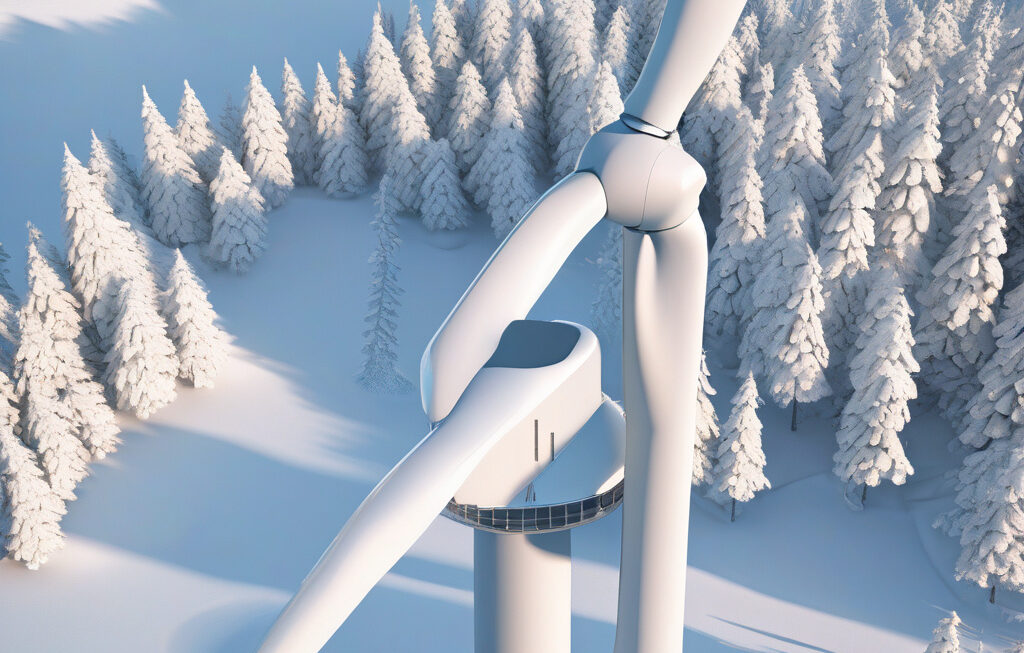US Engineers Transform Oyster Farming with Robotic Tech, Promising 10% Yield Increase
For over a century, oysters have been of significant economic and ecological importance in the United States. These marine mollusks not only serve as a delicacy for seafood enthusiasts but also play a crucial role in maintaining the health of coastal ecosystems through their ability to filter water and provide habitat for other marine species. Oyster farming, also known as aquaculture, has been a traditional practice, but recent advancements in technology are revolutionizing the industry.
In a groundbreaking development, US engineers have introduced robotic technology to oyster farming, aiming to increase efficiency and yield. This innovative approach involves the use of autonomous underwater drones equipped with cameras and sensors to monitor and manage oyster beds. By leveraging artificial intelligence and machine learning algorithms, these robots can collect data on water quality, temperature, salinity levels, and the overall health of the oysters.
One of the key benefits of this robotic technology is its ability to optimize feeding schedules for the oysters. By analyzing the data gathered by the drones, farmers can determine the most suitable times to feed the oysters, ensuring they receive the necessary nutrients for growth. This precise feeding regimen not only improves the health and quality of the oysters but also leads to a significant increase in yield.
Studies have shown that implementing robotic technology in oyster farming can result in up to a 10% increase in overall yield. This boost in productivity is attributed to the enhanced monitoring capabilities of the drones, which enable farmers to detect early signs of disease or stress in the oysters and take timely action to mitigate any potential risks. By proactively addressing issues that could impact oyster growth and survival, farmers can ensure a higher yield at harvest.
Furthermore, the use of robotics in oyster farming can help reduce operational costs and labor requirements. With autonomous drones handling tasks such as monitoring, data collection, and feeding, farmers can streamline their operations and allocate resources more efficiently. This not only translates to cost savings but also allows farmers to focus on other aspects of oyster cultivation, such as market expansion and product diversification.
The integration of robotic technology in oyster farming represents a significant step forward in the modernization of the aquaculture industry. By harnessing the power of automation and data-driven insights, farmers can overcome traditional challenges and achieve higher levels of productivity and sustainability. As technology continues to advance, we can expect further innovations in oyster farming and other sectors of agriculture, paving the way for a more efficient and environmentally friendly food production system.
In conclusion, the transformation of oyster farming through robotic technology holds immense promise for the future of the industry. By increasing yield, improving efficiency, and reducing costs, these advancements are reshaping the way oysters are cultivated and harvested. As US engineers continue to push the boundaries of innovation, the potential for further growth and development in aquaculture appears boundless.
oyster farming, robotics, technology, aquaculture, sustainability











